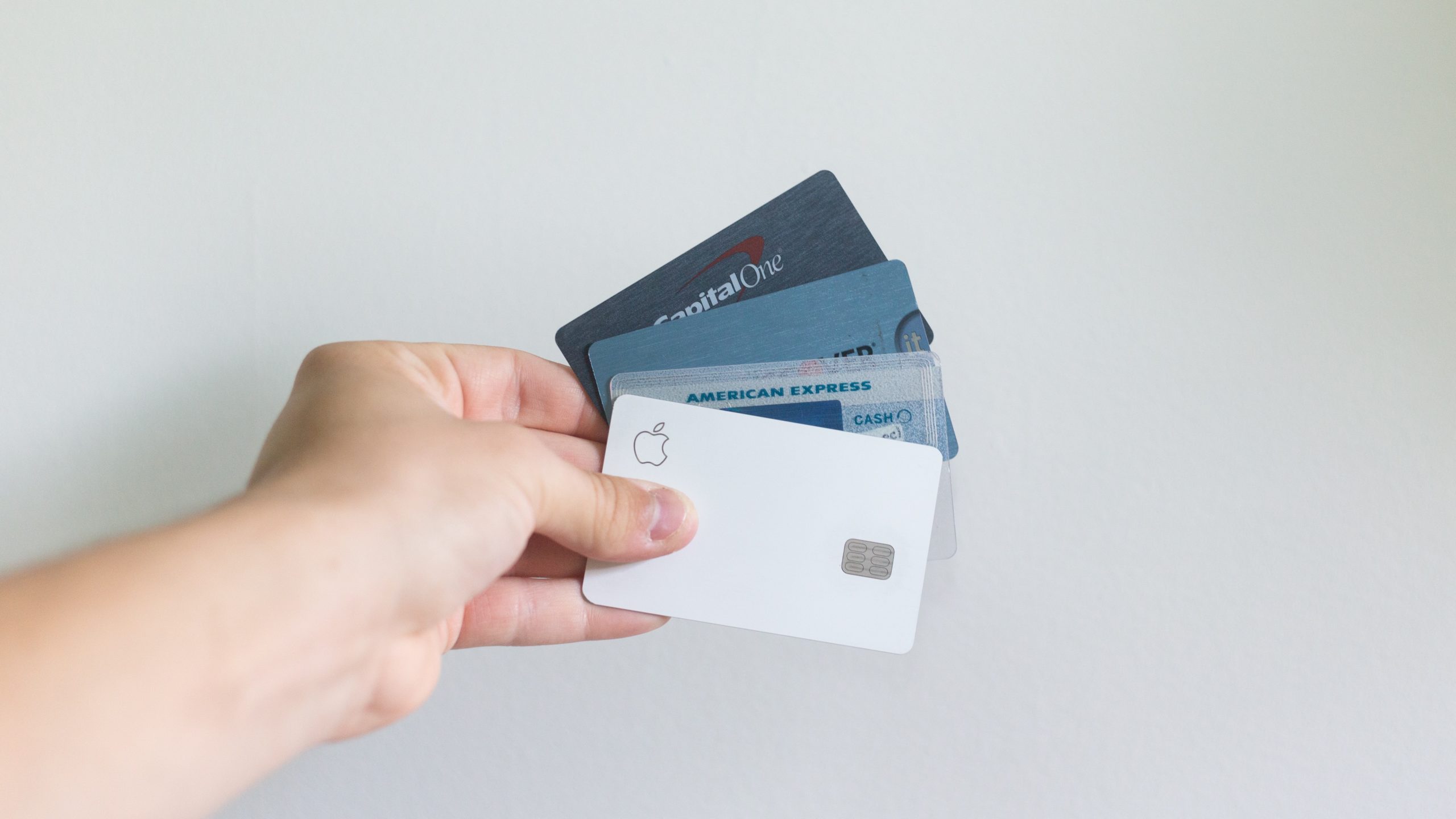Advertisements for credit cards seem to be everywhere, with celebrities promoting special credit cards with travel rewards, cash-back, and all sorts of spending points or miles. But what are credit cards? How do they work?
Credit cards are effectively ongoing arrangements to borrow up to a certain amount of money from a bank. The card holder is allowed to spend a certain amount of money “on credit” each month with the expectation that they will pay back that amount of money to the bank at the end of the month. In other words, the card holder is spending borrowed money that has to be repaid each month. If the card holder does not pay back the full amount owed to the bank, they will owe that money plus interest the next month.
Who can get a credit card?
Anyone can get a credit card, but there are some general requirements:
- You must be 18+ years old – though you may be able to get a credit card as a minor (i.e. before age 18) with parents also on the account. If you are under 21 years old, you may have to prove you have your own source of income.
- You usually need to have a source of income. You will not get a credit card – which is effectively a loan – if the bank does not believe you can pay back the money you lend them.
- You usually need to have a demonstrated history of paying back your debts, identified through a “credit score.”
What are the different types of credit cards?
Credit cards can vary in a lot of ways, but there are three ways that are most meaningful:
- The credit limit
- The interest rate
- The “perks”
Credit Limits / Available Credit
The credit limit refers to how much money the card holder can spend “on credit.” If a card holder has a $500 credit limit, that person can spend up to $500 of the bank’s money and pay the bank back later. While your credit limit is a fixed amount, your credit utilization can fluctuate as you spend money and pay it back.
Let’s take the example of someone with a $500 credit limit on their credit card. If they spend $200 on that credit card, then they will have $300 in remaining credit available to them. If they then pay the bank $100 to pay down their balance, or the amount they have spent on credit, then they will have $400 in remaining credit.
If you are seen as a safe borrower, then a bank is generally willing to give you a higher credit limit than an unsafe borrower. Safe borrowers are people with long histories of paying back their loans on time or people who have had accounts with that bank for a long time. Unsafe borrowers are people the bank isn’t sure will pay back their loans, so the bank is not willing to provide them with a lot of credit.
Credit Card Interest Rates
The interest rate refers to how much the bank charges in interest for any balance that remains after the required payment date. Each month, you will receive a statement from the bank saying how much money you spent, and accordingly how much money you owe them. If you do not pay the bank back for the full amount that you spent, that balance will “roll over” and be owed the next month, in addition to interest charged on that unpaid balance.
If you are seen as a safe borrower, you will usually qualify for credit cards with lower interest rates.
Credit Card Perks and Rewards Cards
Lastly, many banks offer credit card perks to entice people to use their cards. Some popular perks include:
- Cash back – the card holder receives 1-2% of their credit card payment amounts back as a bonus, which basically means everything the card holder buys is discounted 1-2% off.
- Travel points – the card holder receives points for purchases on certain products (e.g. online shopping, eating at restaurants, etc.) that can be redeemed to buy plane tickets or other travel expenses.
- Hotel points – the card holder receives points for purchases of certain or all products, and those points can be redeemed on purchases at certain hotels
- Frequent flyer miles – the card holder receives “miles” on their frequent flyer accounts based on their purchases
Credit card perks can be lucrative, so they’re used to attract the best customers for banks. Credit cards for individuals with lower credit scores generally do not include many – if any – rewards perks.



